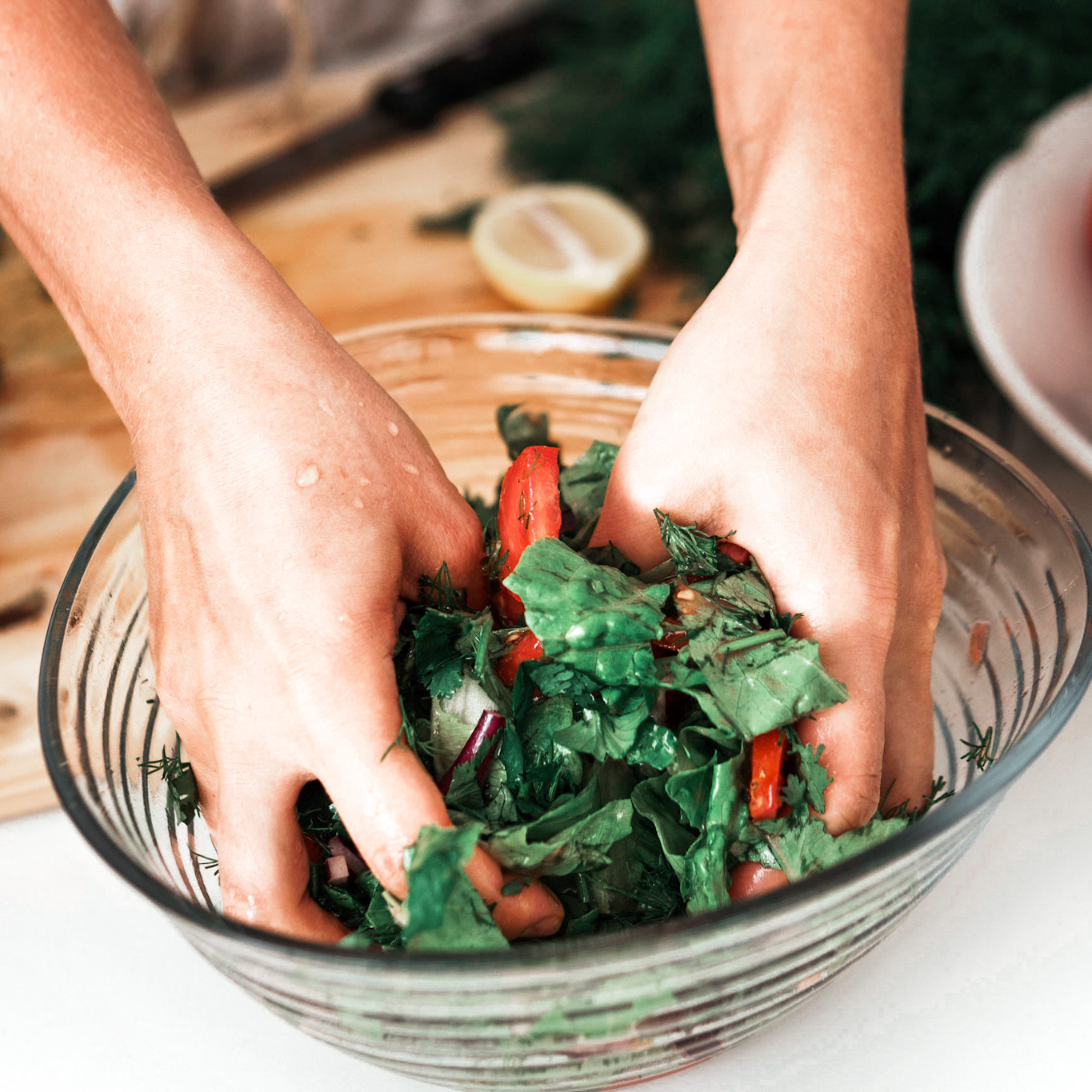Cannabinoids without Cannabis

Recently, the Swedish Medicines Agency classified all cannabinoids in the Cannabis plant as medicinal products and therefore made it illegal to sell oral CBD products in Sweden. In this way, Sweden is unique as almost all other countries in the world have realized the benefits of cannabinoids, while Sweden is going in the opposite direction.
Although cannabis is still illegal or classified as a drug in some parts of the world, phytocannabinoids, endocannabinoids and plants that mimic the effects of cannabis are sold and grown legally all around us. These endocannabinoids are not only found in the Cannabis plant but are also found in other plants. These plants are called "cannabimimetic", which simply means "similar to cannabis". In this way, you can take advantage of the benefits that Cannabis has to offer, without actually taking Cannabis orally.
Phytocannabinoids are the name of the cannabinoids found in various plants. These in turn are responsible for activating the body's CB1 or CB2 receptors. The receptors send signals to our endocannabinoid system (ECS) which has the function of bringing our body into balance. Please read more about the endocannabinoid system in this blog post - Click here!
Here below is a description of the herbs and plants that you can use to support your body's endocannabinoid system.
Spices: Cinnamon, Cloves, Oregano and Black Pepper
Beta-caryophyllene is one of the most abundant terpenoids found in the essential oil of cannabis. This substance activates and has a positive effect on the endocannabinoid system CB2 receptor.Beta-caryophyllene is not only found in cannabis, however, but is common throughout the plant kingdom. You can b.la find Beta-caryophyllene in many essential oils, including clove, oregano, cinnamon, and black pepper.
Positively influencing our body's CB2 receptors is according to Proceedings of the National Academy of Sciences of the U.S known as "a potential therapeutic strategy" for the treatment of inflammation, pain and mood disorders. These are benefits also commonly known associated with these spices.
Herbs: Echinacea & Rue
Like Cannabis, there are a variety of other herbs that activate our body's CB2 receptors. For example, Echinacea and Euea have been identified as two naturally and abundantly growing herbs that have a significant positive effect on these receptors.
Echinacea is a plant-based over-the-counter supplement that is believed to combat colds and relieve various respiratory ailments. Echinacea contains the endocannabinoids alkylamides and anandamide (AEA). These substances bind to the CB2 receptor and inhibit inflammation in the body.
Rue, a common strong smelling herb found mainly in the Balkans. This herb contains a substance called rutamarin. Also rutamarin has a positive effect on the body's CB2 receptors. Rutamarin is also known for its sedative and antiviral effects, although it is toxic in high doses.
Vegetables: Broccoli, Kale and Sprouts
The Brassica plant genus includes many vegetables that you find in the grocery store. These include b.la broccoli, cauliflower, kale, cabbage, Brussels sprouts and cabbage. These cruciferous vegetables have been reported to reduce the risk of inflammation and have a very good effect on our thyroid function. Both Brassica vegetables and Cannabis contain these substances called "anti-inflammatory dietary molecules". These molecules have been identified as "CB2 receptor agonists" and mean that they have a positive effect on the body's CB2 receptors. This, according to a 2009 study published in the Journal of Biological Chemistry, in turn leads to them having strong anti-inflammatory effects.
More research is needed in all areas of plant-based cannabinoids, but in the meantime, we can experiment for ourselves with the potential benefits of taking care of our body's endocannabinoid system - without orally ingesting CBD.




Comments